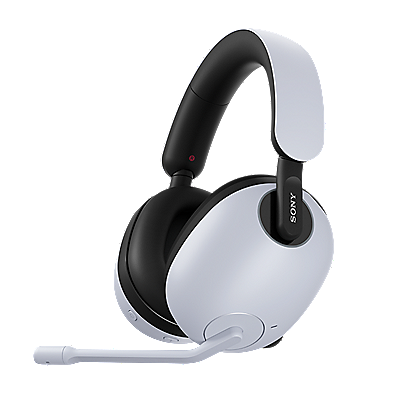Shooting tips > Shoot Delicious-Looking Food Photographs
Level: Beginner
LESSON 4Shoot Delicious-Looking Food Photographs
Focal length: 46 mm / F-number: 5.6 / Shutter speed: 1/100 sec. / Exposure compensation: +1
When you shoot dishes or desserts, you want your photographs to convey even the tastiness of the subject.
To shoot photographs like these, consider color and brightness, so that you can capture the appetizing appearance of the food the way it actually looks.
First, set the camera to the P-mode, and try the following techniques.
Reproducing the color the way you want
Color and brightness are important to make photographs of dishes and desserts look delicious.
First, adjust the color with white balance. White balance is the function that allows you to adjust the standard "white," but it can also be used as a color filter in digital cameras. First, shoot with the auto white balance [AWB] to see if the result comes out as expected. Then try [Daylight] or [Cloudy] if necessary. If you are still seeking out a desired color, use the fine-tuning function for white balance.
Generally, dishes look more delicious when shot with slightly warm color (reddish hue).
These photographs were shot with different white balance settings. Shot with [AWB], photograph [1] looks whiter than the actual image because of the light source in the restaurant. Photograph [2] was shot with [Daylight]. The warmer color has added a delicious-looking finish to the photograph.
[1] White balance: AWB[2] White balance: Daylight
Considering the angle of light
The angle of light and brightness are also important. Dishes look more delicious when shot with back light. When shot with front light, the shape and color of the food are rendered clearly. However, because the light neither creates shadow on the subject nor shines through it, the photograph lacks depth and looks flat.
Photograph [1] was shot with front light. The shapes of breads and fruits are rendered clearly, but the image looks flat, the way that ID photos do. Direct flash also creates front light and results in a similar photograph.
Photograph [2] was shot with back light. With shadows, the breads are rendered with depth. In addition, the fruits and the beverage look juicier thanks to the light shining through them. Simply changing the angle of light makes a great difference in the finish.
[1] Shot with front light[2] Shot with back light
However, if you shoot with back light, the subject may look darker than expected because of the bright background. If this happens, use the exposure compensation function. If the food appears dark, adjust the exposure to the + side to make it brighter. The point is to adjust the exposure based on the brightness of the food itself; it doesn’t matter if that makes the background a little whitish.
In photograph [3], the food appears dark because of the strong light coming into the lens.
Photograph [4] was created by applying exposure compensation to the photograph on the left. By adjusting the exposure based on the food to make it brighter, it now looks more delicious.
[3] Exposure compensation: 0[4] Exposure compensation: +1
Changing the composition
If you try to shoot an entire dish, the result is often an uninteresting documentary photograph. By paying more attention to the composition, you can improve the atmosphere of the photograph.
In the photographs below, [1] captured the entire dish from the position of the photographer’s eyes. You can see the contents of the dish, but the photograph looks flat and pointless. Also, with the surrounding dishes and silverware in the frame, it gives a cluttered impression.
To improve this, [2] was shot by getting as close as possible to the dish. It captured the dish so closely that it was partly out of the frame. This photograph has more sense of presence and better conveys the deliciousness of the dish. The background is also more organized.
Also, shooting in the vertical orientation or diagonal orientation (with the camera tilted) is recommended, because it is effective at expressing depth.
[1][2]
Trying fixed focal length lenses
Fixed focal length lenses are useful for food photography, because they can create great background defocus. In addition, because fixed focal length lenses allow a large amount of light to enter the camera, they are also effective for indoor shooting in dim light.
Focal length: 35 mm / F-number: 1.8 / Shutter speed: 1/80 sec.
SEL35F18F
Offering outstanding image quality even at its maximum F1.8 aperture, this compact and lightweight 35-mm prime lens for full-frame cameras is a versatile choice for everything from tabletop photography to the great outdoors. Fast, precise, quiet AF operation and reliable AF tracking make it suitable for shooting videos and stills.
Focal length: 50 mm / F-number: 1.8 / Shutter speed: 1/100 sec.
SEL50F18F
A large-aperture 50 mm prime lens is a must-have for serious full-frame camera users, and this is an excellent, affordable choice. The optical design is state-of-the-art for high image quality, and the large F1.8 maximum aperture can produce gorgeous background bokeh. On APS-C format E-mount bodies it provides equally high quality with an equivalent focal length of about 75 mm.






















